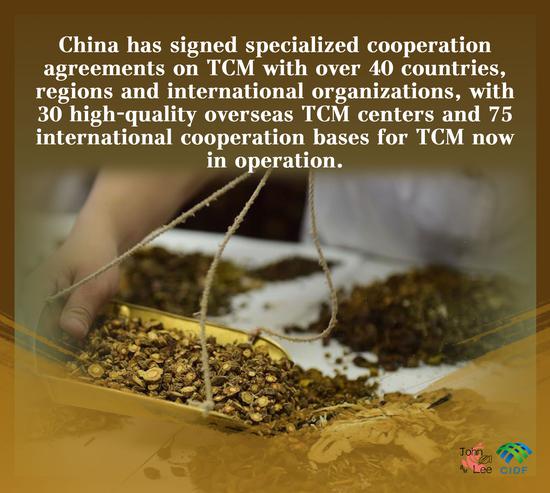
Aerial photo taken on Dec 3, 2021 shows rural roads and the Guilin-Liucheng Expressway in Rongan county, South China's Guangxi Zhuang autonomous region. (Photo/Xinhua)
Increased investment helps stabilize economy as major projects approved
China has promoted infrastructure construction to boost economic development during the headwinds caused by COVID-19, officials from the Ministry of Transport said on Wednesday.
Adhering to the principle of preventing the spread of the virus while stabilizing the economy and developing safely, the ministry has carried out transport infrastructure construction ahead of schedule at a moderate pace this year, Shu Chi, spokesman for the ministry, said at a news conference in Beijing.
Multiple policies have been implemented to promote investment in transport infrastructure construction.
As a result, investment in transportation-related fixed assets amounted to 2.34 trillion yuan ($324 billion) from January to August, a year-on-year increase of 6.6 percent.
Among them, 402 billion yuan was invested in railway construction and 176 billion yuan in building highways.
In August, transportation fixed asset investment was 331 billion yuan, up 8.6 percent year-on-year, a positive sign of growth.
"The investments have played an important role in stabilizing the economy," Shu said.
Investment in highway construction has seen near double-digit growth thanks to strengthened support from the ministry.
The ministry has strengthened coordination to better understand the progression of key projects and help solve problems faced during construction, such as establishing working groups, carrying out on-site surveys, implementing online systems to track progress and setting up project ledgers, said Zhou Rongfeng, deputy head of the ministry's highway bureau.
It has also improved coordination with local governments and accelerated the review and approval process of building new highways, he added.
The number of projects that have completed design approval in the last three months has tripled compared with the same period last year, Zhou said.
A number of highway projects have started construction. As of August, more than 240 new expressway and provincial highway projects began construction this year. The total length of those projects — which account for nearly 500 billion yuan in investment — stretches as long as 7,400 kilometers.
In addition, some major expressways have opened to traffic.
For example, last month, an expressway section connecting the township of Yitunbulake, located on the border of the Xinjiang Uygur autonomous region and Qinghai province, opened to traffic.
It is the third major expressway to connect Xinjiang with the national expressway network, following the G30 expressway linking Lianyungang in East China's Jiangsu province and Horgos in Xinjiang, and the G7 expressway connecting Beijing and Urumqi, capital of Xinjiang.
It has slashed travel times and opened up more avenues for trade.
The 294-kilometer expressway, with a designed speed of 120 km/h, is located in Ruoqiang county of Bayingolin Mongol autonomous prefecture, and allows vehicles to enter Xinjiang from Yitunbulake on their way to multiple cities in southern Xinjiang, such as Ruoqiang, Qiemo, Hotan and Kashgar.
The new road is an important link between Xining, capital of Qinghai, and Hotan in southern Xinjiang. Travel time between the two destinations has been halved, from 6 hours to about 3 hours.


















































 京公网安备 11010202009201号
京公网安备 11010202009201号